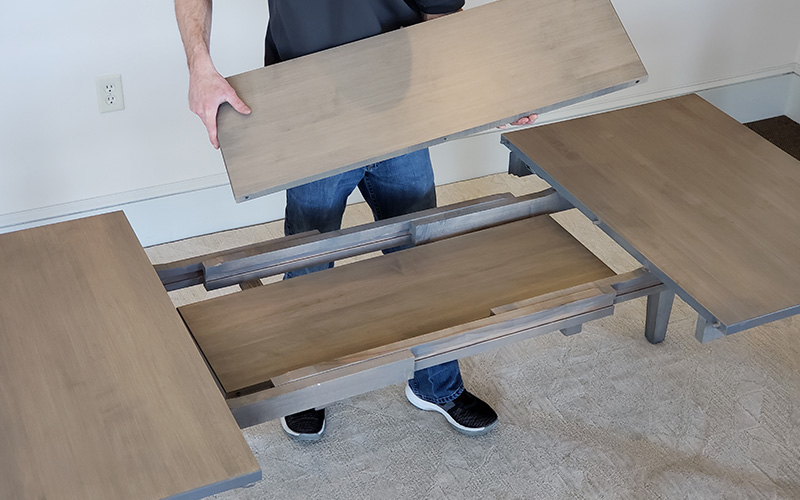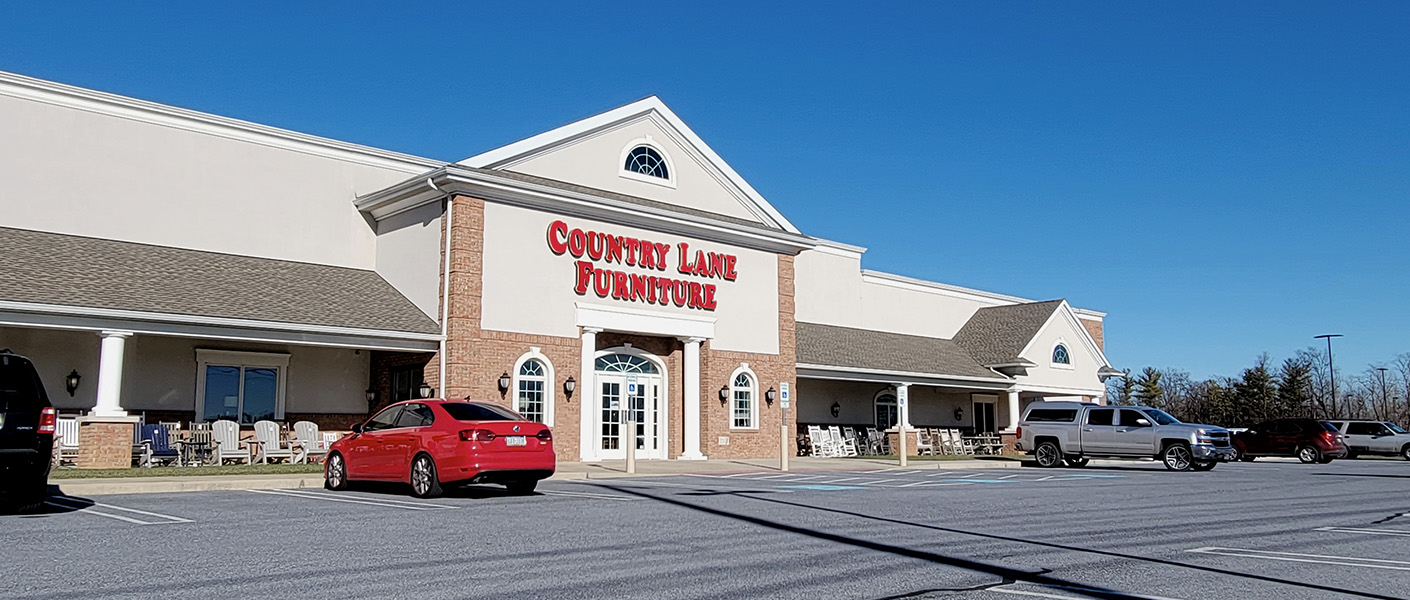With just a little TLC, genuine hardwood furniture will last a lifetime … several lifetimes in fact. Consider grandfathers roll-top desk: a valued treasure passed on from generation to generation. Taking good care of your solid hardwood furniture ensures its longevity. It’s easy and largely a matter of common sense.
Caring for Solid Hardwood Furniture
All of our hardwood furniture is finished with a user-friendly, high-grade catalyzed furniture varnish for maximum protection. This finish is highly resistant to the usual household chemicals: Household Ammonia, Acetone, Grease (cooking fat), Lipstick, Alcohol, Turpentine, Grape Juice, Water, Oil Base Paint, Orange Juice, Vinegar, Citric Acid, Milk, Lemon, Peroxide, Crayons, Tomato ketchup, Latex Emulsion Paint, Colas, Coffee, Mercurochrome 2%, Isopropyl Alcohol, Olive Oil, Nail Polish Remover.
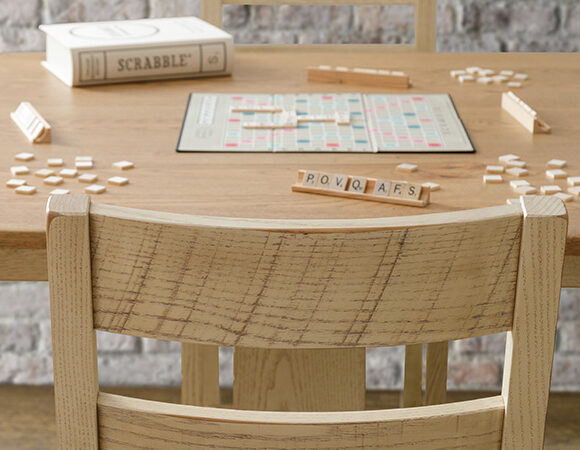
Keep it Clean
Immediately wiping up spills and splashes with a moistened cloth obviously keeps furniture clean; but more importantly, you can easily avoid burdensome cleaning and finish abuse by not allowing the spill to set up and harden. For most routine cleaning, a soft damp cloth (without dish soap) will do the trick. The use of well-formulated cleaning products (such as Milsek, more than 100 years in business) without abrasives can be effective for those tougher cleaning tasks. Remember that it is important to frequently refold to a clean side as the cloth becomes dirty. A soiled, damp cloth can redeposit soil on the finish.
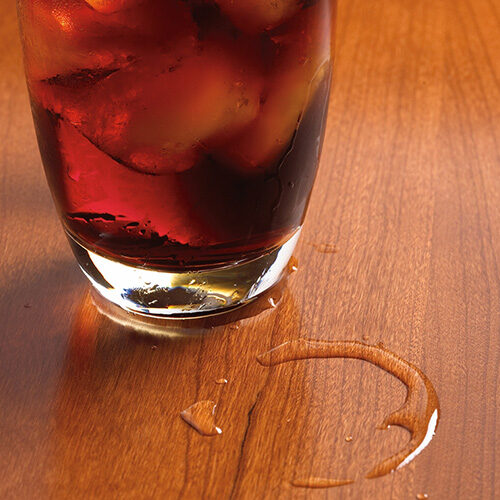
Those “Easy-Care” Products
Avoid polishes that contain silicone (we recommend Bees Wax Polish). Use others sparingly. Your finish does not benefit from them; and they tend to build up a film on the finish that will attract dust and soil, making the cleaning ritual more difficult.
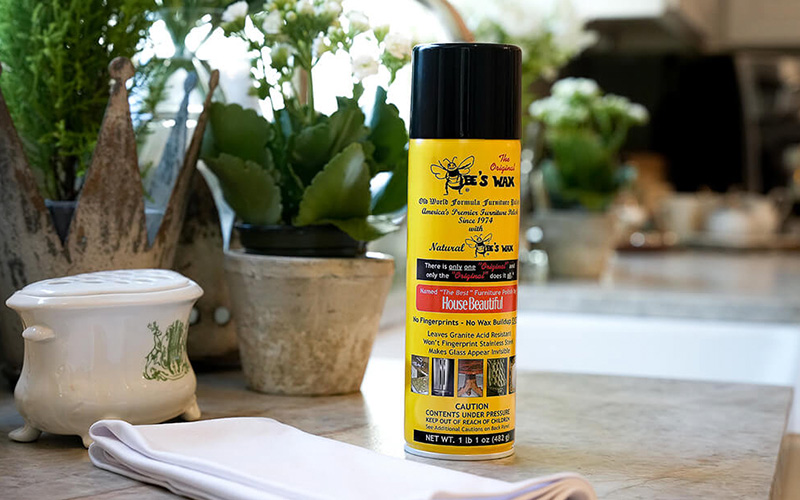
Humidity
We suggest you obtain a humidity gauge (hygrometer) and note whether your home’s humidity is below 35 or above 45 percent. For your comfort, as well as to protect your furniture, use a humidifier in the winter and an air conditioner in the summer to keep relative humidity at 40 percent.
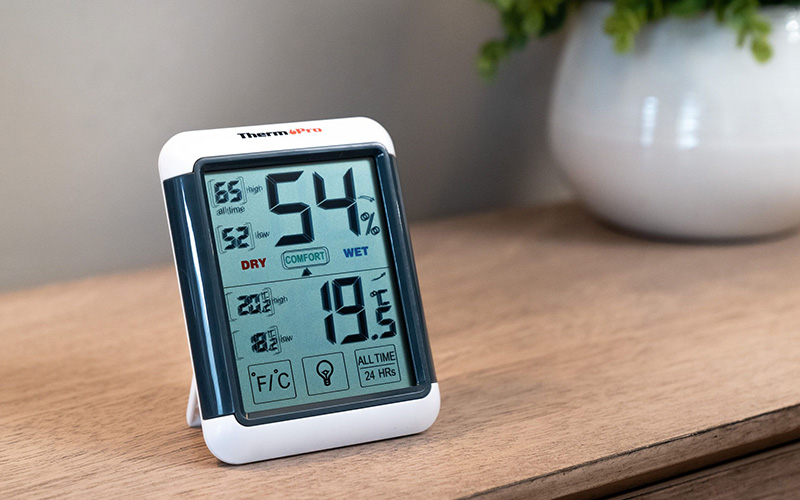
Heat and Sun
Maximum temperature of things placed on finish should not exceed 140 degrees Fahrenheit. Avoid placing furniture directly in front of radiators, heating runs, or fireplaces. Don’t expose hardwood furniture to continuous direct sunlight. Draw the curtains occasionally.
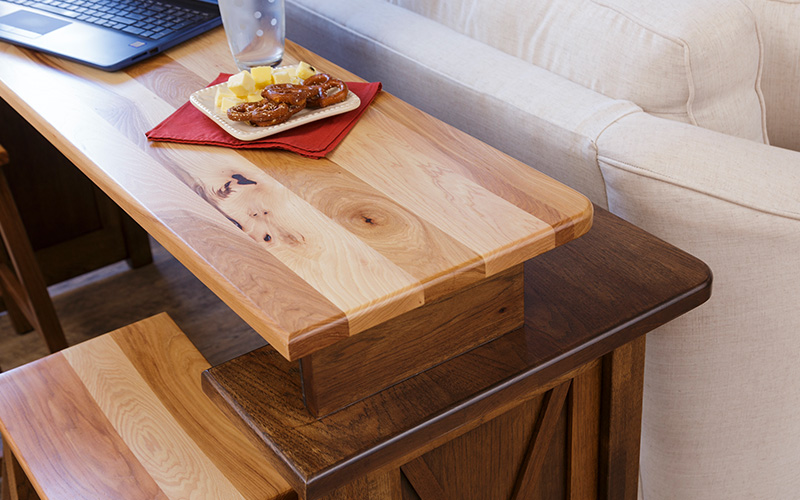
Covering
Avoid covering furniture with a vinyl or plastic cover for the first thirty days. Doing this will not allow the surface to breath and will slow down the final hardening process of the finish.
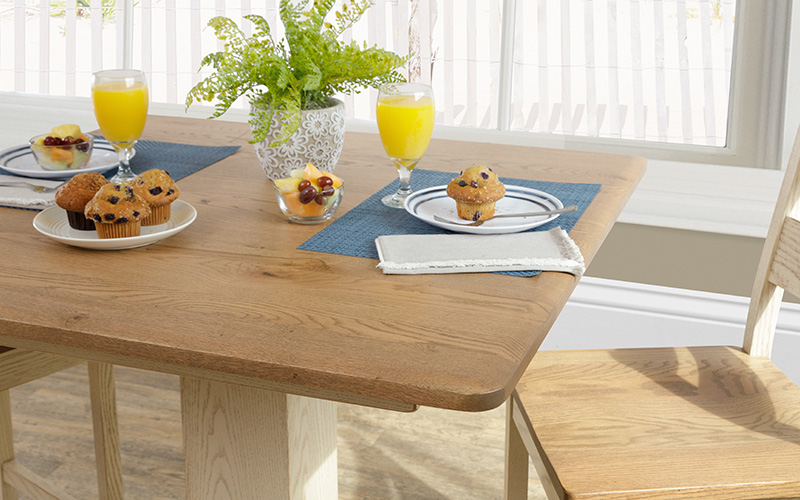
Dusting and wiping
Avoid dry dusting and wiping. Dust and other normally occurring materials in a house contain tiny abrasive particles, much like fine sandpaper. When removed with a dry cloth, they abrade the finish and cause tiny scratches. The result in time is a changed appearance, particularly in the most used areas. Prevent this problem by using a dampened soft cloth. The moistened cloth lubricates the surface, picks up and holds the dust so it is less likely to scratch the finish.
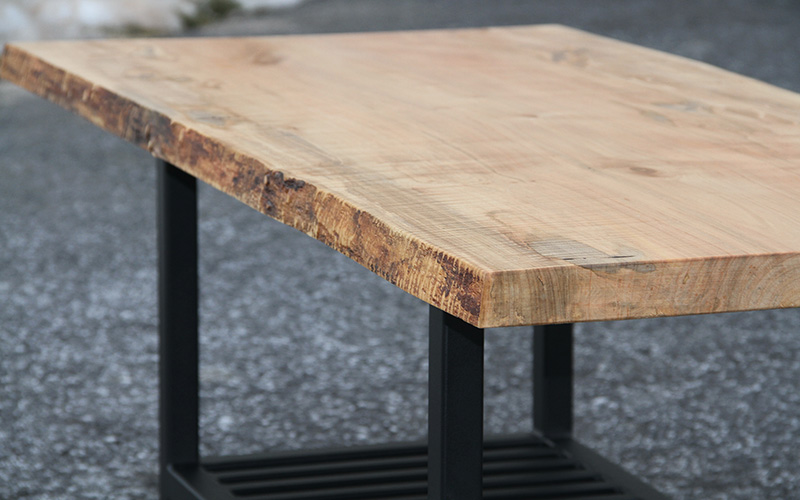
Storage
Store table leaves as close as possible to the table. Keep them in the storage compartment of the table, or in an upstairs closet rather than in the damp basement, so that the table leaves are adjusting to the same relative humidity.
